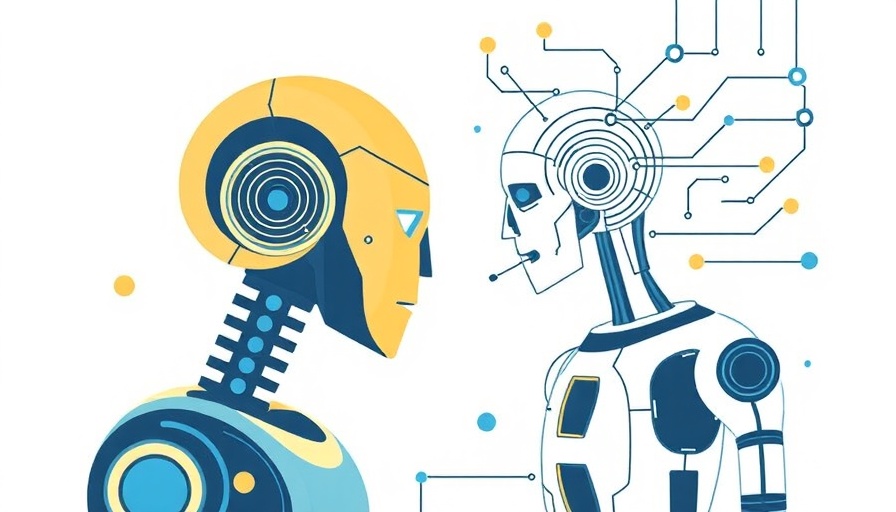
The Impact of AI on Today's Workforce
As we navigate the intersection of artificial intelligence (AI) and the job market, the unease is palpable. Business owners today are grappling with questions surrounding the implications of AI technology across industries. With the advent of generative AI (Gen AI), we're witnessing a paradigm shift that extends beyond simple job displacement—the technology is transforming not just what jobs exist, but also how we approach work itself.
Why AI is Not Just a Threat
Historically, automation has raised alarms about job loss, much like the introduction of Kiva robots into Amazon’s warehouses back in the early 2000s. Fast forward to today, and Gen AI’s potential to automate tasks seems to pose a threat to a broader spectrum of jobs. However, it’s crucial to remember that with each wave of technological advancement, new roles and opportunities emerge. According to research by McKinsey, for every job that may be lost, several new positions could arise, particularly in advanced sectors like healthcare and technology. This duality suggests a landscape that requires adaptability—rather than outright fear—in the face of growing AI integration.
Future Jobs: Embracing Change
Data indicates that by 2030, emerging fields related to AI may create millions of jobs. While positions in traditional sectors may decline, demand for skilled workers in STEM and creative professions could surge. Business owners should focus on a proactive approach: reallocating their resources to upskill existing workers and preparing for a workforce that is poised for significant transformation. This proactive stance is essential for staying competitive and relevant in an evolving marketplace.
AI: A Catalyst for New Skills and Roles
The rise of AI indeed shifts the skill sets needed in the workforce. Many occupations that contribute to productivity will require advanced skills, particularly in emotional intelligence and creative problem-solving—areas where AI struggles to compete with human workers. As a business owner, investing in training programs that enhance these skill sets will not only benefit your employees but also drive innovation within your organization.
Conclusion: Adapt or Be Left Behind
Resisting AI and automation will only hold organizations back. Instead, embrace this technology as an ally that can streamline operations, improve efficiency, and even foster new creative avenues. The narrative shouldn’t be about fearing AI; it should revolve around preparing for its integration into the workforce. By engaging with the changes head-on and investing in employee development, businesses can secure their future while contributing positively to the job market. Now is the time to adapt and innovate in response to the changing landscape brought forth by AI.
 Add Row
Add Row  Add Element
Add Element 



Write A Comment